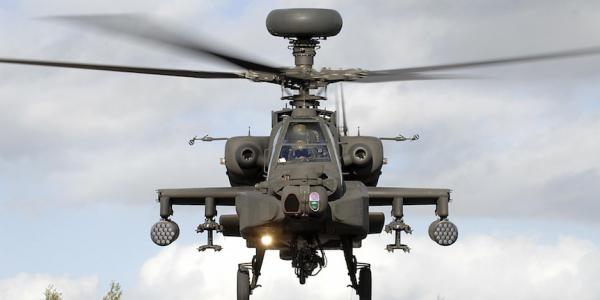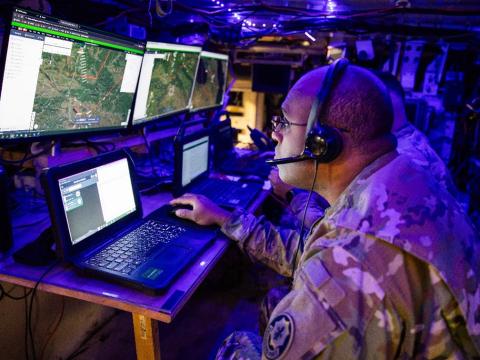Army Releases Airborne Radio Draft RFP
The U.S. Army initiated full and open competition for the Small Airborne Networking Radio (SANR) by releasing a draft request for proposals (RFP) yesterday.
The SANR will replace the ARC-201D radios in the Army’s aviation platforms and provide soldiers with increased data, video, situational awareness, friendly force tracking and voice clarity.
The Army will award a single five-year base with five-year option, indefinite delivery, indefinite quantity contract. The service plans to procure approximately 7,000 SANRs over a 10-year period. Because of the complexity of integrating the SANR onto aviation platforms, the Army will award the contract to a single vendor, reducing the risk and complexity by ensuring that platform integration, airworthiness certification, waveform interoperability and tactical communications are sustained throughout the SANR’s life cycle.
“The initial five-year option gives the Army an opportunity to make adjustments if technology matures during that time,” said Col. James Ross, USA, project manager for tactical radios, in a written announcement. “It also allows vendors that aren’t able to meet the Army’s criteria now to compete in the future.”
The SANR will provide the Apache, Chinook and Black Hawk helicopters and the Gray Eagle unmanned aircraft with two networking waveforms, the Soldier Radio Waveform and the Wideband Networking Waveform, as well as the legacy Single Channel Ground and Airborne Radio System (SINCGARS) waveform. Using the widely fielded SINCGARS waveform maintains the SANR’s interoperability for units across the force.
Once the Army awards the SANR contract, the vendor will supply 100 radios. Nineteen will undergo a series of government verification tests using the Apache as the lead platform, and 81 will be used for platform integration research, development, test and evaluation.





Comments